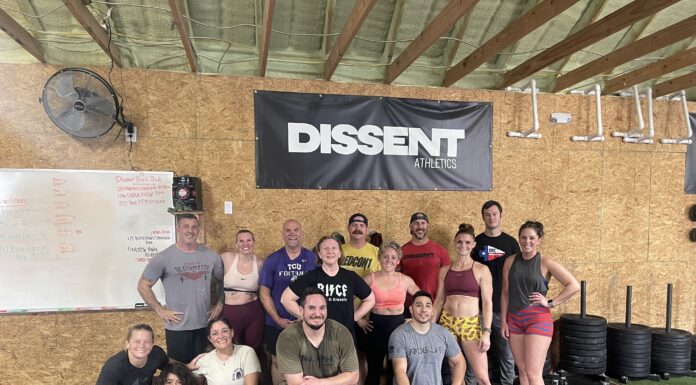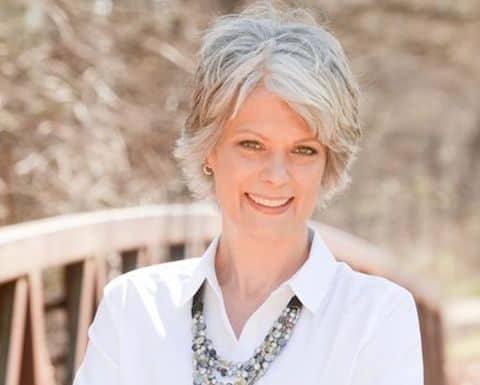Grace Fryer and the other women at the radium factory in Orange, New Jersey, had no idea that they were being poisoned.
It was a little strange, Fryer said, that when she blew her nose, her handkerchief glowed in the dark. But everyone knew the stuff was harmless. The women even painted their nails and their teeth to surprise their boyfriends when the lights went out. They all had a good laugh, then got back to work, painting a glow-in-the-dark radium compound on the dials of watches, clocks, altimeters and other instruments. {{more}}
Grace started working in the spring of 1917 with 70 other women in a large, dusty room filled with long tables. Racks of dials waiting to be painted sat next to each woman?s chair. They mixed up glue, water and radium powder into a glowing greenish-white paint, and carefully applied it with a camel hair brush to the dial numbers. After a few strokes, the brushes would lose their shape, and the women couldn?t paint accurately. ?Our instructors told us to point them with our lips,? she said. ?I think I pointed mine with my lips about six times to every watch dial. It didn?t taste funny. It didn?t have any taste, and I didn?t know it was harmful.??
Nobody knew it was harmful, except the owners of the U.S. Radium Corporation and scientists who were familiar with the effects of radium. Those days, most people thought radium was some kind of miracle elixir that could cure cancer and many other medical problems.
Grace quit the factory in 1920 for a better job as a bank teller. About two years later, her teeth started falling out and her jaw developed a painful abscess. The hazel eyes that had charmed her friends now clouded with pain. She consulted a series of doctors, but none had seen a problem like it. X-ray photos of her mouth and back showed the development of a serious bone decay. Finally, in July 1925, one doctor suggested that the problems may have been caused by her former occupation.
As she began to investigate the possibility, Columbia University specialist Frederick Flynn, who said he was referred by friends, asked to examine her. The results, he said, showed that her health was as good as his. A consultant who happened to be present emphatically agreed. Later, Fryer found out that this examination was part of a campaign of misinformation started by the U.S. Radium Corporation. The Columbia specialist was not licensed to practice medicine ? he was an industrial toxicologist on contract with her former employer. The colleague had no medical training either ? he was a vice president of U.S. Radium.
Thus begins this strange and sad story documented by ?Bill Kovarik?and Mark Neuzil, from Mass Media and Environmental Conflict (Sage, 1996), p. 32-52. The story goes on to tell of five dying women who became known in newspaper articles throughout the world as ?the Radium Girls.? See more of the story at?http://66.147.244.135/~enviror4/people/radiumgirls/
A theatre adaptation of that story by D. W. Gregory??will be presented by the KHS Theatre Troupe with performances set for October 17 at 7:30 p.m, 18 at 7:30 p.m. and 20 at 2 p.m. in the Kennedale Performing Arts Center at 901 Wildcat Way. Tickets are $5 for adults and $2 for students.
Cast members are Vanessa Stahl, Ben Garcia, Biancca Colette, Shelby Flowers, Hailey Green, Cuillin Chastain-Howley, Trace Hughes, Cody Kovar, Grant Malone, Kayla Marshall, Kennedy Muzyka, Nick Swille and Allison Villaire. The production will be under the direction of Doug Parker, Director of Theater at KHS.






































Comments are closed.